What is Monitor?
Monitor is the display unit of the computer. It is the output device, which is responsible for displaying the content to the user. It is also called the Display terminal. Any content such as a video, image, text, or any interface of the software that has some graphic information associated with it is generated on the screen using the system graphic card. The functioning of the monitor is similar to that of a television. It is the display unit of the system. The first monitor was developed in 1973 as a component of the Xerox Alto system.
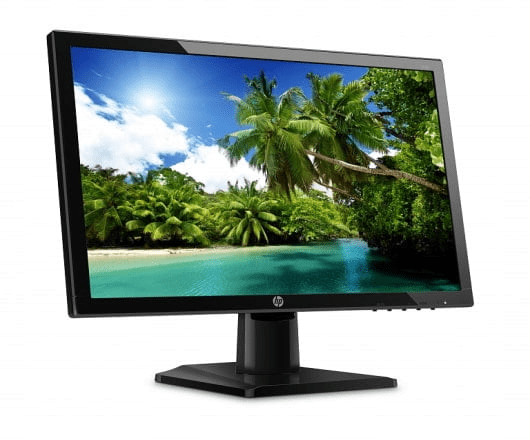
The display quality of the monitor is better than the television. The previous models of the monitors were very bulky and required huge space to set up. They used huge cathode ray tubes and a fluorescent screen to display the contents. But with, the introduction of technologies like LED reduced the size of the monitor drastically. Now monitors with flat panel displays are easily available in the market. It has drastically reduced the cost of manufacturing too. Development of Monitors The first time a display unit was added to a machine was in 1964.
The Uniscope 300 had a built-in CRT display; though it was not a monitor, it was a milestone in developing the actual monitor for the system. But it was 1973 when the first monitor was developed. It was incorporated in Xerox Alto. It was a monochromatic display that used cathode ray tubes for displaying the content. George Samuel developed a touch screen display in 1975, which was used for the first time in 1982. In 1976 Apple developed a system that allowed the user to play a video on the system's monitor. It was the first system that had a video port in it. With the introduction of LED technology in 1977, it was used to develop the monitor, but it was not available in the market due to high production costs.
The first colour display was launched in 1977; it also used Cathode ray tube technology. IBM developed the VGA monitor in 1987, and in 1988 SVGA was recognized as the standard display for the system's monitor. Liquid Crystal Displays were used to develop the monitor in 1997, the display was much better than the ones using CRT technology, so the CRT was outdated. New technology in the markets is frequently introduced. Modern monitors provide high-quality resolutions at a comparatively cheaper rate.
Types of Monitors
Cathode Ray Tube Monitors
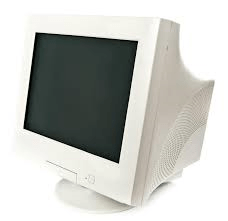
They are primitive monitors that use a beam of negative charges to create the image. The charged particles are constantly sent toward the display unit. On collision with the screen, these charged particles produce red, green, and blue colours, which then can be mixed to produce more colours. They were used for monochromatic displays in the initial stages, but later on, colour displays using CRT were also introduced.
Flat-Panel Display
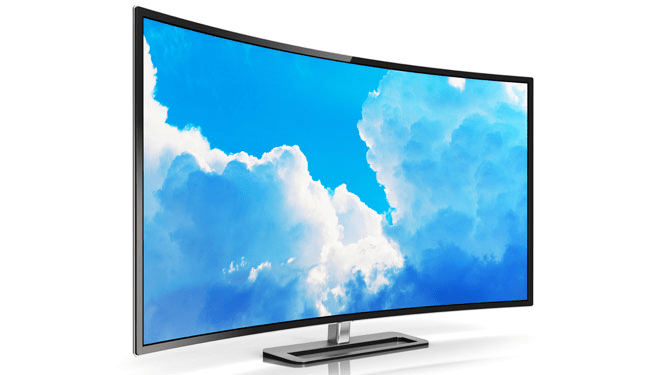
The primitive model built using cathode ray tubes was bulky and required large spaces. These monitors were developed to overcome the disadvantages of CRT monitors. They were very sleek in comparison; they consumed less energy and did not emit radiation. The only disadvantage was that the cost of the flat-panel monitor is very high. It came in varied sizes and was used in cellular and computer displays. There are two types of flat panel displays based on the technology used to activate the display screen.
- Liquid Crystal Display: It contains a liquid crystal between the two glasses of the screen. The crystal particles are arranged so that the light emitted from the backside of the screen produces an image. The energy expenditure is very less, and there are no radiations emitted.
- Gas Plasma Display: This technique has gas stored between both the glasses; the gas is used to produce ultraviolet rays by applying high voltage. The ultraviolet light produces the image on the screen. This method is quite expensive; therefore, it is less preferred.
Touch Screen Monitor
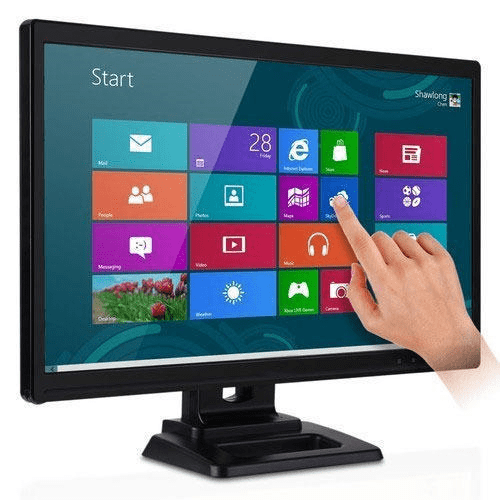
They act as both input and output devices. The user can interact with the system using the monitor only. It responds to the touch of the user. The monitor displays the system's content and is equipped with sensors that respond to the stimuli, and it
eliminates the need for extra input devices such as a mouse or a keyboard. The user can interact with the system by touching the icons or characters displayed.
The touch screen monitor can be classified into three types based on the technology used:
- Resistive Touch Screen: It uses a layer of highly conductive metal that is resistant to electricity. The screen reacts to the touch, and there is a change in the current supplied to the metal; this response is sent to the controller. This is widely used, and the monitor is not affected by water and can be used to make water-resistant gadgets.
- Surface Wave Touch Screen: This screen is an application of ultrasonic waves as on interaction with the monitor, an ultrasonic wave is generated, which is then received by the system. This system is prone to get damaged due to water and dust.
- Capacitive Touch Screen: This is the most advanced technology used to develop touch screens. It is specifically a response to finger touch and does not react to other stimuli. They are not damaged by dust, and the picture quality is better than any other alternative available.
LED Monitor
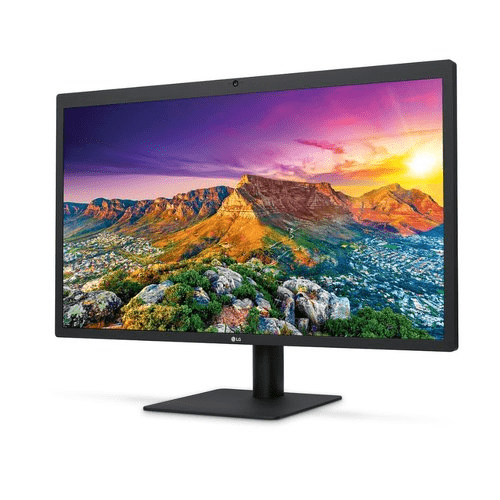
They are the most popular monitor in the market. The LED uses diodes to emit the picture. Their popularity is that they have a sleek design and the weight of the monitor itself is very low. The screen uses a panel of light-emitting diodes as the source. Nowadays, LED monitors are used in mobile phones, tablets, computers, and laptops. P. Mitchell developed the prototype in 1978 that both NASA and General Motors awarded.
Advantages of LED Monitor
- This technology is both energy and cost-efficient.
- It is reliable, and the design of the screen is very attractive.
- The picture resolution is also better than previous models.
OLED Monitors
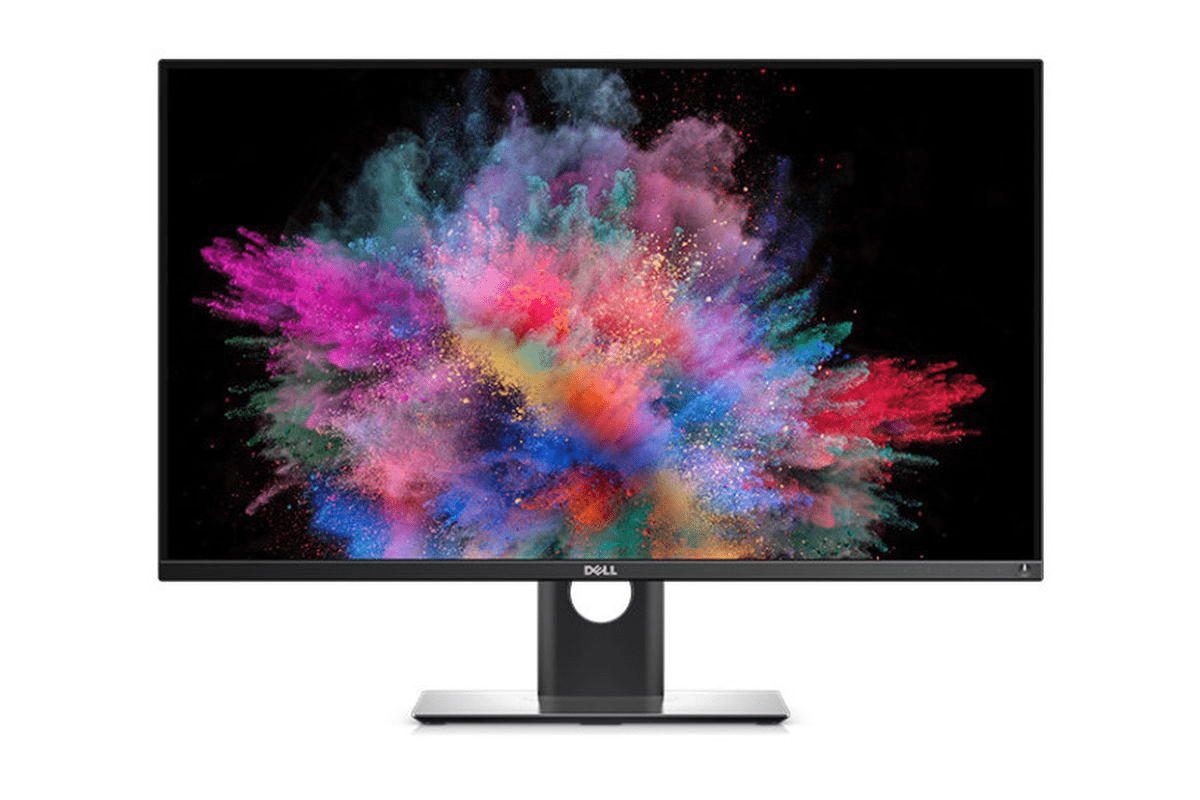
This is an upgraded version of the light-emitting diode. This technology is far more efficient, and the picture quality also improved. This furthermore reduced the width of the monitor. This was done by removing the backlight from the displays and instead of the backlight using the emissive displays made by using thin films of conductors. This technology is used in the latest high-end devices.
DLP Monitors
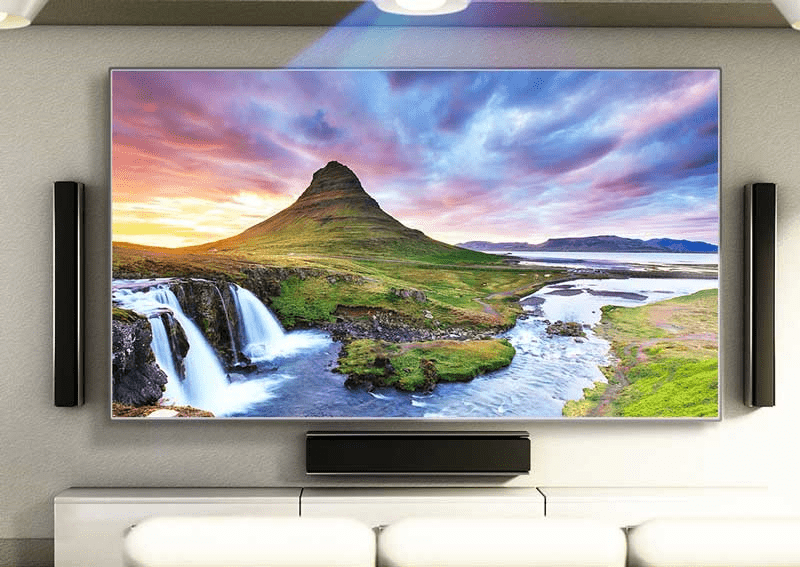
This technology is used to project the images on a larger screen. Earlier Liquid Crystal Displays were used to project the image from a monitor on large screens, but the image quality of not good as it produced blurry images. But when Texas Industries developed DLP, it allowed users to project the images even in a lit room with great picture quality.
TFT Monitor
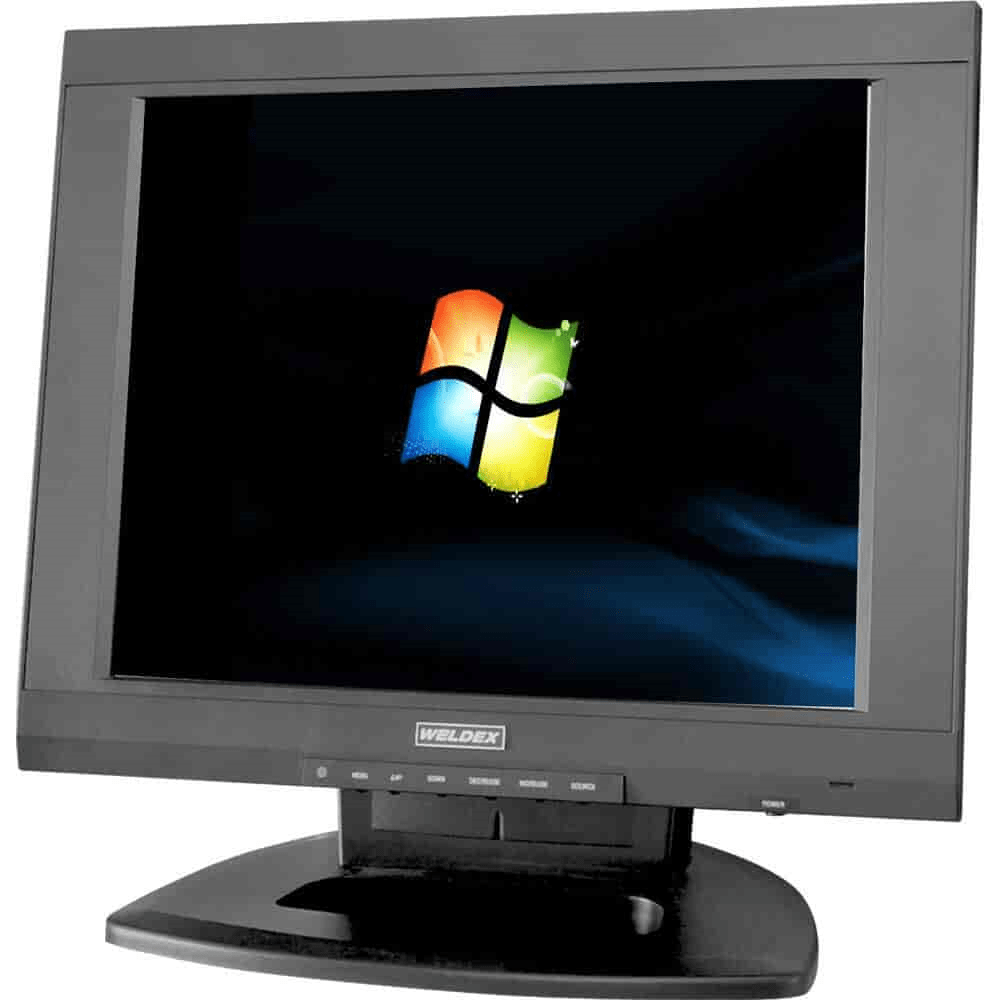
A thin flat transistor monitor is equipped with four transistors responsible for controlling the pixels of the content being displayed. They are an advanced version of flat panel LCD monitors that use an active matrix and better picture quality than the previous LCDs. The only disadvantage of a TFT monitor is that the manufacturing cost is very high.
Plasma Screen Monitor
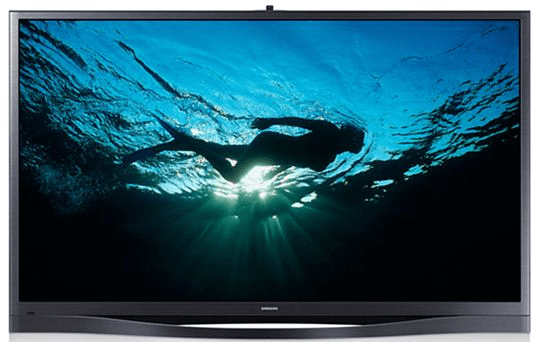
This monitor is similar to that LCD and LED monitors. It offers a flat range of monitors mounted on the wall and a brighter display than the LCDs or LEDs. It supports the display of both digital and analog video signals. They offer clearer picture quality with a high resolution and contrast ratio. They are used to develop a wide range of curved monitors. The disadvantages of plasma screens are they are prone to damage as the plasma heats up, and the screen can burn. This technology consumes more power and can lose the screen's brightness with time.
Types of Monitor Connectors
There are various types of connectors to connect the monitor with the system. Some of these connectors are mentioned below:
- HDMI
- VGA
- USB-C
- DVI
- Thunderbolt
- Display Port
- HDMI or High-Definition Multimedia Interface: It allows users to transmit high bandwidth signals from the system to the monitor. It is used to ensure that the video signal is of optimum quality over a short distance of approximately 25 feet; with any length longer than that, there are chances of signal loss. It connects a projector, high-definition television, or DVD player. The cable enables the user to transmit signals from eight different sources simultaneously.
- IBM developed VGA or Video Graphic Adapter in 1987. They enable the user to connect their system with a projector or TV. The colors displayed by the VGA depend upon the range of resolution. For ranges less than 320x200, it can display up to 256 colors, while for 640x480 resolution, it can display 16 colors at a refresh rate of 60Hz. They are outdated and replaced by HDMI and DVI cable ports.
- Thunderbolt: It was developed by Intel and Apple. It is a hardware interface that allows the user to connect peripheral devices to the system. It allows users to transfer data at high speed over large distances. They can carry DC power. It can also be used with USB-C connectors that increase the data transfer speed up to 40 Gb per second. There are two types of Thunderbolt cable available in the market; one is made up of optical fibers, and the other one is made up of copper wire. The thunderbolt wire made up of optical fiber is expensive. That's why their production was limited. The copper thunderbolt wires are popular because the cost of copper wire is very less in comparison. Intel intends to make a thunderbolt wire by combining both optical fibers and copper to increase the data transfer rate and, at the same time, reduce the cost of production.
- USB-C or Universal Serial Bus: It connects the system with any peripheral device. We can also connect the system from different end devices using the USB Cable. The USB cable is used to charge devices like smartphones, tablets, etc. They also allow users to share media among various devices such as cameras. Peripheral devices such as a mouse, keyboards, and printers are available as USB devices. They have varying sizes and shapes of USB cables, and their length may lie in the range of 9 feet 10 inches to 16 feet 5 inches. They are used where the speed is not an issue.
- DVI or Digital Visual Interface: It transfers data at high resolution from the system to the monitors or projectors. The resolution can be as high as 2560x1600pi. Certain television also has ports to connect digital visual interface. The limitation of VDI is that it can only transmit audio signals, and therefore HDMI cable that transmits both audio and video signal is preferred. There are three names of DVI connectors based on the signals they can transmit; DVI-D transmits only digital signals, DVI-A transmits analog signals, and DVI-I can transmit both digital and analog signals. The quality of the DVI cable, if not better, is at least equal to the VGA cable.
- Display Port: It provides two types of connections; one is the standard connection, while the second is a mini-port. The user can only transmit the same type of signals from both ports simultaneously. VEGA developed it. VGI, HDMI, and DVI ports are the most common to establish display connections.
Security Issues with Monitor
There is a risk of remotely accessing the information displayed on the monitor if the thief can detect the monitor's electromagnetic emissions. The technique to display the content of LCDs or CRTs using these emissions is called Van Eck phreaking, named after the Dutch researcher Win Van Eck who proved this theory and published a research paper on it.